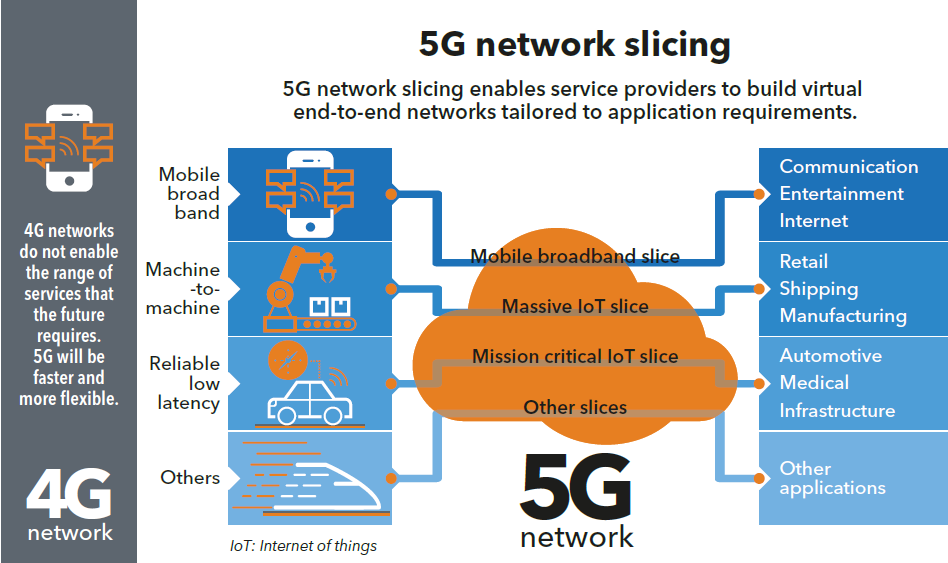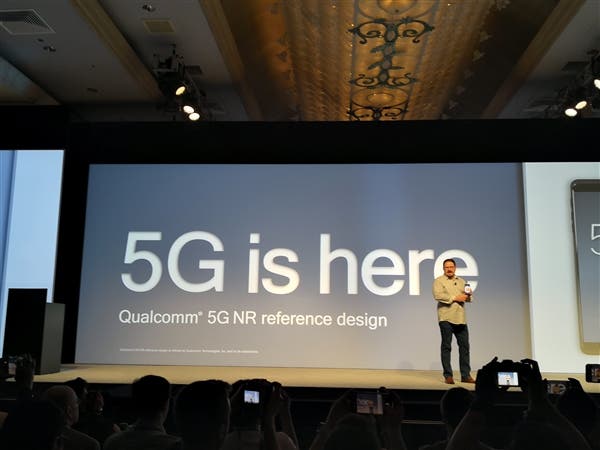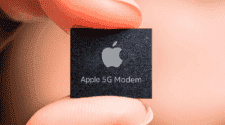At the beginning of this year, the news regarding the coming of 5G network became more intense. In fact, many potential users are hoping to get this network so that they can download a high definition movie within three seconds. However, is this really possible with a 5G network? No doubt, one of the major improvements from 4G to 5G is the network speed but is the theoretically mentioned speed usable in a real-life situation?

First of all, when it comes to 5G commercial use, the actual use may not reach the current claimed speed. The currently claimed 5G rate is 10.1Gbps, which translates to a download speed of 1.25G per second. From Huawei’s data using the Barong 5000, the measured downlink rate is 3.2Gbps, which is about 400M/S. The average 1080P ultra-clear movie is about 1-2G after compression. So it is clear here: If you download a 1.5-hour ultra-clear resolution movie on a mobile phone application in an ideal network state, it can be theoretically downloaded in 2-3 seconds.
However, the actual situation may be disappointing, because 1.25G only exists in professional labs or experimental projects of 5G standard specifications per second. The speed that ordinary users can experience is determined by the local 5G base station construction and the terminal hardware (mobile phone) support for 5G.
In addition, different 5G mobile phones have different network basebands, and the actual network speed will also be different, so the actual experience of 5G networks will vary from one phone to another. Thus it will be a pipe dream to actually hope to use the theoretically stated 5G network speed.
Secondly, “download” we often talk about is a form of writing. The 3G and 4G download speeds are also up to 10m/s thus our current smartphone hard disk write can take the heat. However, at 5G speeds, downloading 1.25G/s is far beyond the limit of the current mobile hard disk write speed. Regarding mobile hard disk (flash memory), current smartphones have three types: eMMC, UFS and NVMe. eMMC’s bus interface standards are available in versions 4.4, 4.5, 5.0, and 5.1. The theoretical bandwidth is 104MB/s, 200MB/s, 400MB/s, and 600MB/s, respectively. The speed in actual applications is slightly lower. UFS 2.0 currently has a theoretical bandwidth of 740MB/s and is currently widely used in Android’s high-end flagship models. As for NVMe, it was basically introduced by Apple after the iPhone 6s. The iPhone 7 Plus has a write speed of 357MB/s.

So we can see that the current top smartphone hard disk write speed is also below 500m/s which obviously can handle anything more. According to the download speed of 1.25G/s on 5G network, under the current hard disk specifications, the smart phone can only use the peak of the hard disk write speed thus the theoretical 5G download speed will not be useable in even the “best” smartphone available today.
Therefore, to use the real 5G network speed, we also need the efforts of the upstream flash hard disk supply chain to develop flash memory with faster writing speed as soon as possible, so that consumers can experience the 5G.





